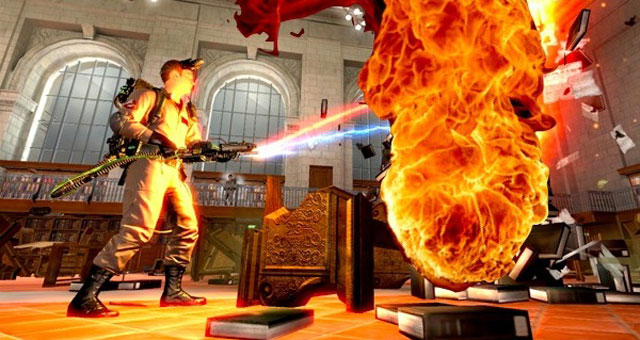Electrical shock extinguish fire
Scientists today describe a discovery that could underpin a new genre of fire-fighting devices, including sprinkler systems that suppress fires not with water, but with zaps of electric current, without soaking and irreparably damaging the contents of a home, business, or other structure. Reporting at the 241st National Meeting & Exposition of the American Chemical Society (ACS), Ludovico Cademartiri, Ph.D., and his colleagues in the group of George M. Whitesides, Ph.D., at Harvard University, picked up on a 200-year-old observation that electricity can affect the shape of flames, making flames bend, twist, turn, flicker, and even snuffing them out. However, precious little research had been done over the years on the phenomenon.
“Controlling fires is an enormously difficult challenge,” said Cademartiri, who reported on the research. “Our research has shown that by applying large electric fields we can suppress flames very rapidly. We’re very excited about the results of this relatively unexplored area of research.”
Firefighters currently use water, foam, powder and other substances to extinguish flames. The new technology could allow them to put out fires remotely — without delivering material to the flame — and suppress fires from a distance. The technology could also save water and avoid the use of fire-fighting materials that could potentially harm the environment, the scientists suggest.
In the new study, they connected a powerful electrical amplifier to a wand-like probe and used the device to shoot beams of electricity at an open flame more than one foot high. Almost instantly, the flame was snuffed out. Much to their fascination, it worked time-and-time again. The device consisted of a 600-watt amplifier, about the same power as a high-end car stereo system. However, Cademartiri believes that a power source with only a tenth of this wattage could have similar flame-suppressing effect. That could be a boon to firefighters, since it would enable use of portable flame-tamer devices, which perhaps could be hand-carried or fit into a backpack.
But how does it work? Cademartiri acknowledged that the phenomenon is complex with several effects occurring simultaneously. Among these effects, it appears that carbon particles, or soot, generated in the flame are key for its response to electric fields. Soot particles can easily become charged. The charged particles respond to the electric field, affecting the stability of flames, he said.
“Combustion is first and foremost a chemical reaction – arguably one of the most important – but it’s been somewhat neglected by most of the chemical community,” said Cademartiri. “We’re trying to get a more complete picture of this very complex interaction.”
Cademartiri envisions that futuristic electrical devices based on the phenomenon could be fixed on the ceilings of buildings or ships, similar to stationary water sprinklers now in use. Alternatively, firefighters might carry the flame-tamer in the form of a backpack and distribute the electricity to fires using a handheld wand. Such a device could be used, for instance, to make a path for firefighters to enter a fire or create an escape path for people to exit, he said. The system shows particular promise for fighting fires in enclosed quarters, such as armored trucks, planes, and submarines. Large forest fires, which spread over much larger areas, are not as suitable for the technique, he noted.
This technology could potentially improve the efficiency of a wide variety of technologies that involve controlled combustion, including automobile engines, power plants and welding and cutting torches, he said.
The Defense Advanced Research Projects Agency (U.S. Department of Defense) and the U.S. Department of Energy funded this study.
The American Chemical Society is a non-profit organization chartered by the U.S. Congress. With more than 163,000 members, ACS is the world’s largest scientific society and is a global leader in providing access to chemistry-related research through its multiple databases, peer-reviewed journals and scientific conferences. Its main offices are in Washington, D.C., and Columbus, Ohio.

Info: Blast of electric current





